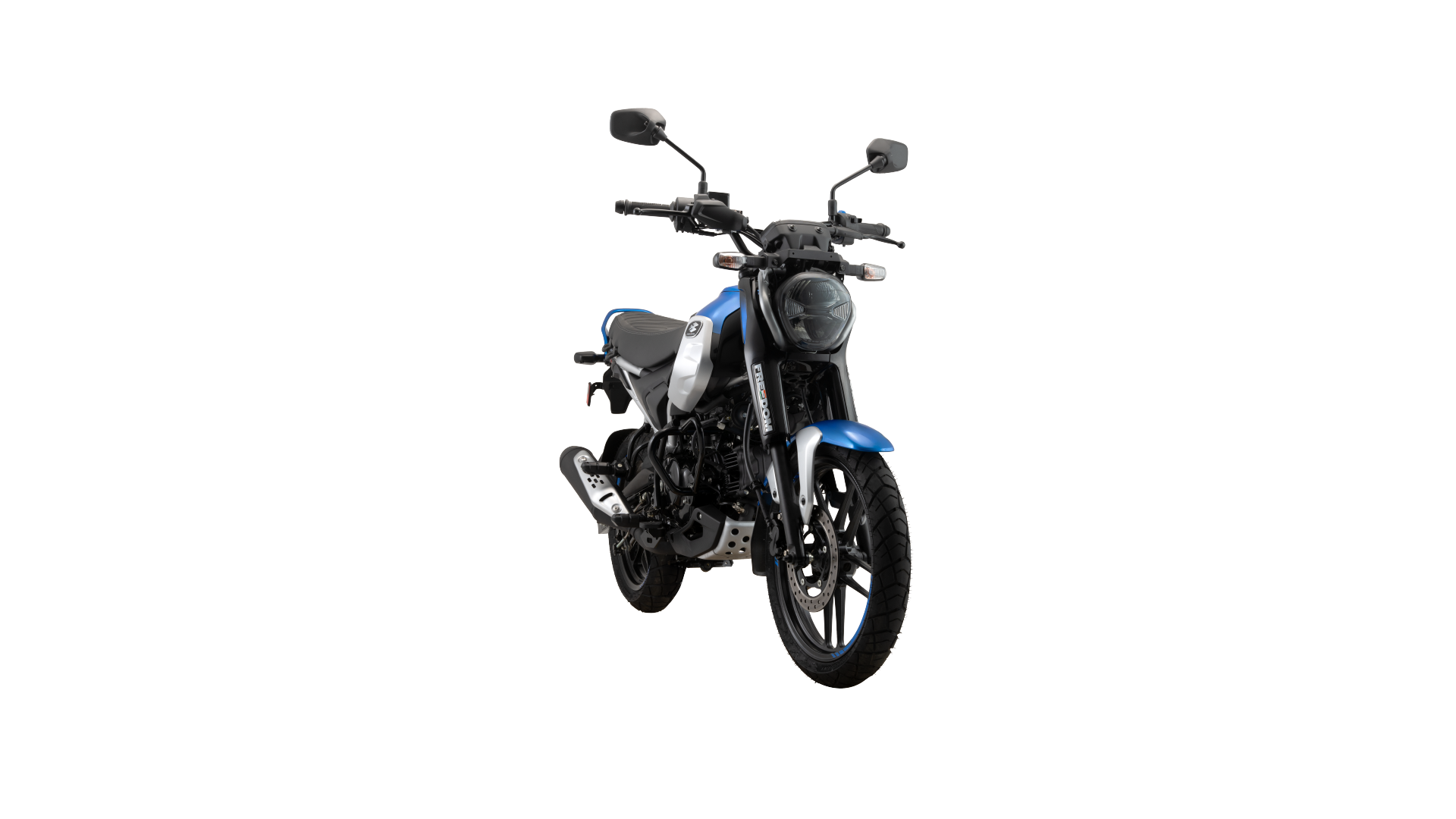Introduction: The Green Shift
In an era where sustainability and cost-effectiveness are the buzzwords, Bajaj Auto’s foray into CNG motorcycles is a brilliant move.
Imagine zipping through traffic on a bike that’s not only kind to your wallet but also to the environment.
Bajaj is set to revolutionize the commuter segment with its CNG offerings, starting with the Freedom 125.
But wait, there’s more. The brand has hinted at expanding this green lineup, making us all wonder: what’s next? Let’s dive into the gassy details.
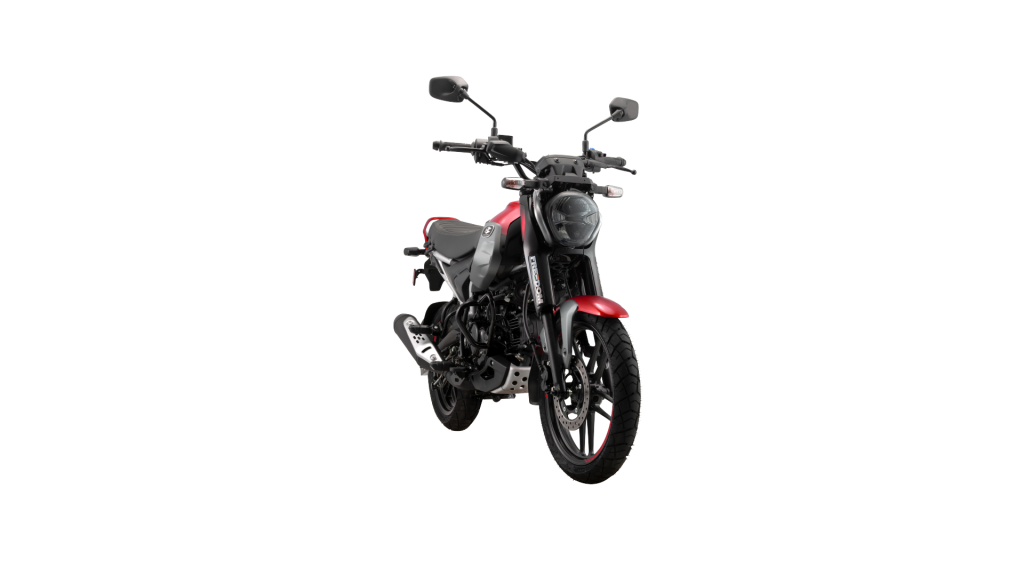
The Freedom 125: A CNG Pioneer
Bajaj Auto recently unveiled the Freedom 125, a CNG-powered motorcycle that promises to change the commuting game. With the rising fuel prices and growing environmental concerns, this bike is a breath of fresh air—literally.
The Freedom 125, named aptly, gives riders the freedom from sky-high petrol prices and carbon guilt.
Features and Specifications
The Freedom 125 isn’t just about the CNG; it’s a well-rounded motorcycle. With a 125cc engine, it strikes a balance between performance and efficiency. The bike offers:
- Impressive Mileage: Thanks to CNG, expect your fuel bills to drop dramatically.
- Lower Emissions: Reduced carbon footprint makes this an eco-friendly choice.
- Affordability: Lower running costs and competitive pricing make it a smart buy.
Rajiv Bajaj and Rakesh Sharma: The Visionaries
Rajiv Bajaj and Rakesh Sharma, the brainy duo behind Bajaj Auto, have shared their vision for a CNG-powered future. During investor calls and interviews, they’ve expressed confidence in the platform’s potential to host multiple models.
It’s like having a Swiss Army knife of motorcycle platforms—versatile, efficient, and ready for anything.
The Platform Strategy: More Than Just a One-Trick Pony
Bajaj Auto’s strategy of using a single platform for multiple models isn’t new. The Pulsar NS series is a testament to this approach, using the same Perimeter-type main frame to accommodate different engine sizes and performance levels.
This not only saves costs but also ensures consistency in quality and performance across the lineup.
Future Models: What’s on the Horizon?
The big question is: what’s next? Bajaj hasn’t spilled all the beans yet, but speculation is rife. Here are a few possibilities:
- A Smaller Displacement Model: Think 100-110cc to compete with the Hero Splendor. This could be the bike for those who want a no-frills, ultra-economical commuter.
- A Bigger Displacement Model: For those who crave a bit more oomph, a 150cc or even a 200cc CNG bike could be in the pipeline. Imagine combining frugality with a dash of performance.
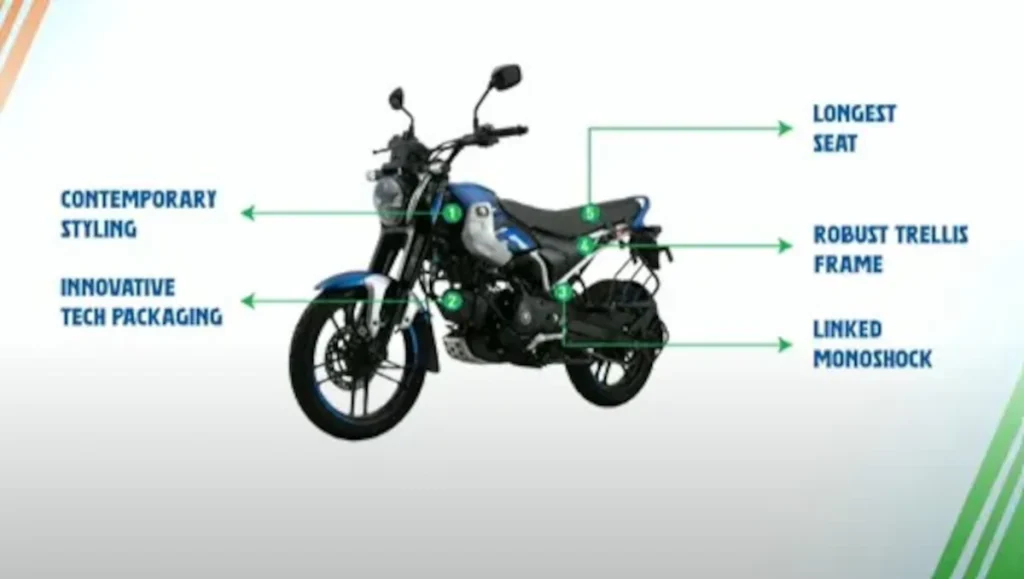
The Challenges: Not All Sunshine and Rainbows
While the idea of CNG motorcycles is exciting, it’s not without its challenges. The two main hurdles are:
- Range Anxiety: CNG tanks have a smaller capacity compared to petrol, which means more frequent refueling.
- Infrastructure: The availability of CNG refueling stations is still limited, especially in rural areas.
These challenges need to be addressed for CNG motorcycles to truly take off. However, with the right infrastructure development and technological advancements, these issues can be mitigated.
The Market Response: Gauging the Popularity
The true test of any new product is its acceptance by the masses. Bajaj has just started deliveries of the Freedom 125 and opened bookings across India. The initial response will be crucial in determining the next steps.
If the bike receives a warm welcome, it could pave the way for more CNG models.
What to Expect from Bajaj Auto’s New Future CNG Models?
Bajaj’s Proven Platform Strategy
Bajaj Auto has a well-established strategy of utilizing a single platform for multiple models, a practice that has proven both cost-effective and efficient. The Pulsar NS series is a prime example, with different engine sizes and performance levels built on the same Perimeter-type main frame. This approach ensures consistency in quality and performance while keeping production costs in check.
Efficiency and Flexibility
- Cost Reduction: Shared platforms significantly lower manufacturing expenses.
- Uniform Quality: Ensures reliable performance across different models.
- Versatility: Adapts to various engine sizes and features seamlessly.
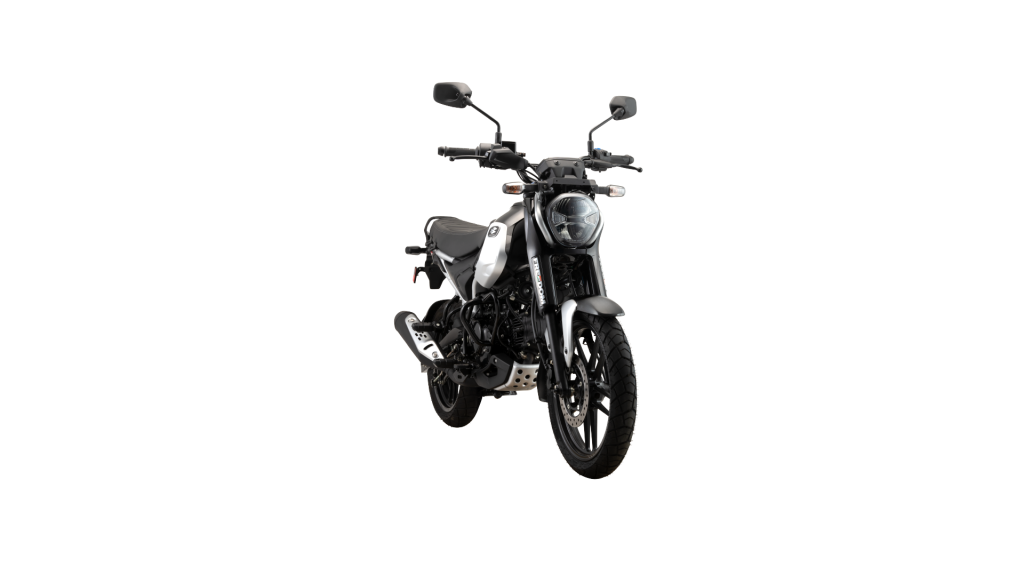
Future Models: Expanding the CNG Lineup
Bajaj’s future CNG models are expected to build on the success of the Freedom 125. While the company has not revealed specific details, speculation points towards both smaller and larger displacement models to cater to different segments of the market.
Smaller Displacement Models
Targeting the budget commuter segment, a 100-110cc CNG motorcycle could be in the pipeline. This model would compete directly with the Hero Splendor, the best-selling commuter bike in India.
- Fuel Efficiency: Enhanced savings on fuel costs.
- Competitive Pricing: Positioned to rival entry-level commuter motorcycles.
- Eco-Friendly: Lower emissions to appeal to environmentally conscious riders.
Larger Displacement Models
For those who seek a balance between performance and frugality, Bajaj might introduce larger displacement CNG bikes. Imagine a 150cc or 200cc model that combines the thrill of riding with the economic benefits of CNG.
- Increased Power: More torque and horsepower for a dynamic riding experience.
- Extended Range: Larger fuel tanks for longer trips.
- Premium Features: Advanced technology and comfort features for discerning riders.
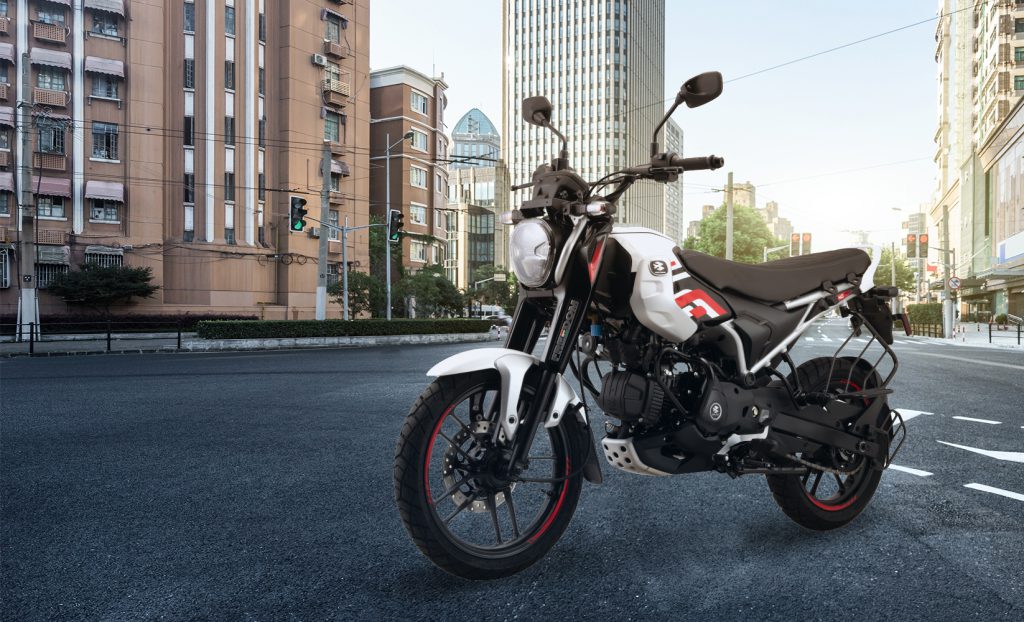

Addressing the Challenges
While the prospects of CNG motorcycles are exciting, several challenges need to be addressed. The primary concerns are range anxiety and the availability of CNG refueling infrastructure.
Range and Refueling
- Tank Capacity: Innovations in tank design could extend the range of CNG motorcycles.
- Infrastructure Development: Expansion of CNG refueling stations, especially in rural areas, is crucial for widespread adoption.
- Hybrid Models: Combining CNG and petrol capabilities could alleviate range concerns.
Market Response and Strategic Plans
The initial market response to the Freedom 125 will play a crucial role in shaping Bajaj’s future CNG strategy. Positive reception and strong sales figures could accelerate the launch of additional models.
Analyzing Feedback
- Consumer Acceptance: Gauging the market’s reaction to the Freedom 125.
- Sales Data: Early sales figures will indicate potential demand for future models.
- Continuous Improvement: Using customer feedback to refine and enhance upcoming models.
Environmental and Economic Impact
The shift to CNG motorcycles has significant environmental and economic benefits. CNG burns cleaner than petrol, reducing emissions and contributing to a greener future. Additionally, the cost savings from lower fuel prices can be substantial for everyday commuters.
Sustainability
- Reduced Emissions: Lower levels of harmful pollutants.
- Eco-Friendly: Promotes the use of cleaner energy sources.
- Government Incentives: Potential benefits such as tax breaks for CNG vehicle owners.
Cost Savings
- Lower Fuel Costs: CNG is cheaper than petrol, resulting in considerable savings.
- Affordable Maintenance: Cleaner burning fuel leads to reduced engine wear and tear.
- Long-Term Savings: Lower overall cost of ownership compared to petrol motorcycles.
Competitor Watch: Hero Splendor in the Crosshairs
Bajaj’s potential 100-110cc CNG bike will be aimed squarely at the Hero Splendor, the reigning king of commuter motorcycles. The Splendor has been a favorite for its reliability, fuel efficiency, and affordability.
Bajaj will need to match or exceed these qualities to make a dent in Hero’s market share.
Environmental Impact: A Step Towards Sustainability
One of the biggest advantages of CNG motorcycles is their lower environmental impact. CNG burns cleaner than petrol, resulting in lower emissions.
This is a significant step towards reducing the carbon footprint of the transportation sector, which is a major contributor to air pollution.
The Economics: Savings Galore
Switching to a CNG motorcycle can lead to substantial savings. CNG is cheaper than petrol, and with the Freedom 125’s impressive mileage, riders can expect their fuel expenses to plummet.
This is a major selling point, especially in a country like India where fuel prices are a significant part of the household budget.
Conclusion: A Promising Future
Bajaj Auto’s CNG motorcycles represent a promising shift towards more sustainable and economical commuting. The Freedom 125 is just the beginning, and with the company’s strategic platform approach, we can expect a variety of CNG models in the future.
While there are challenges to overcome, the potential benefits make this a venture worth pursuing.
So, buckle up and get ready for a greener, more economical ride. Bajaj is set to take the Indian motorcycle market by storm, one CNG bike at a time.
FAQs: Answering the Burning Questions
Q: What is the fuel efficiency of the Freedom 125?
A: While exact figures are yet to be confirmed, expect significant savings on your fuel bills due to the lower cost of CNG compared to petrol.
Q: How much does the Freedom 125 cost?
A: Bajaj has priced the Freedom 125 competitively, making it an affordable option for the average commuter. Exact prices vary by region.
Q: Where can I refuel my CNG motorcycle?
A: CNG refueling infrastructure is expanding, but availability may still be limited in some areas. Check local listings for the nearest stations.
Q: Will Bajaj release more CNG models?
A: Yes, based on the success of the Freedom 125, Bajaj plans to expand its CNG lineup with more models in the future.
Q: What are the environmental benefits of CNG motorcycles?
A: CNG burns cleaner than petrol, resulting in lower emissions and a smaller carbon footprint, making it an eco-friendly choice.
Q: Are there any performance differences between CNG and petrol bikes?
A: While there might be slight differences, CNG bikes like the Freedom 125 are designed to offer a comparable riding experience to their petrol counterparts.




























